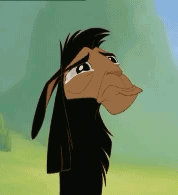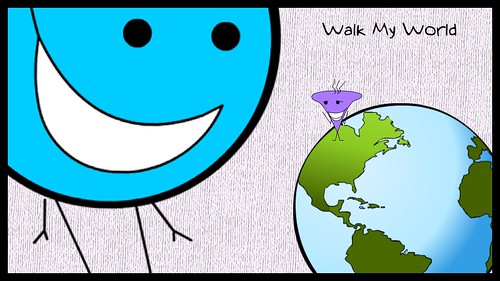Everyone can be a maker, but not many are. The vast majority of children’s engagement with media consists of consuming media, with only a small portion devoted to creating content
Terry, this is what I referenced in a blog post some time ago and which you had some thoughts about the word choices being used, if I remember correctly.


